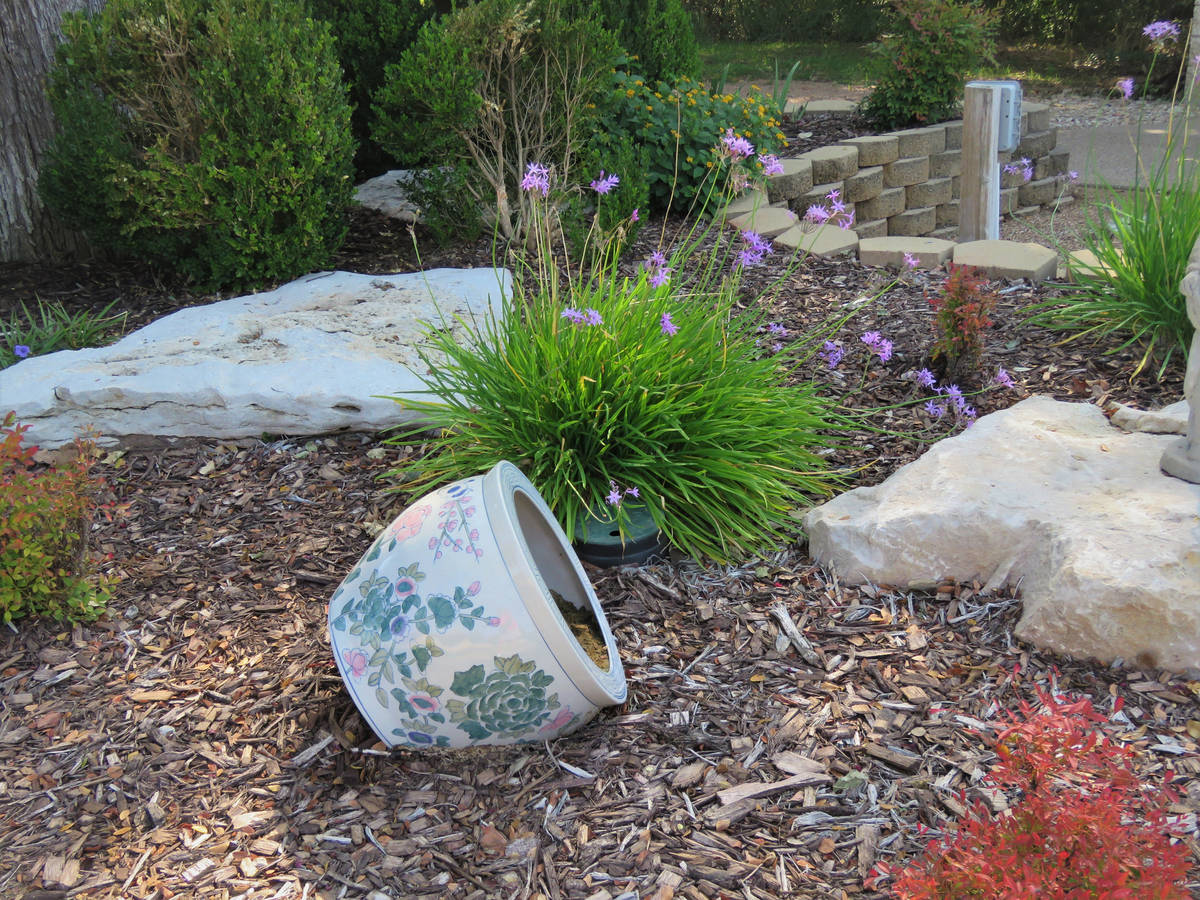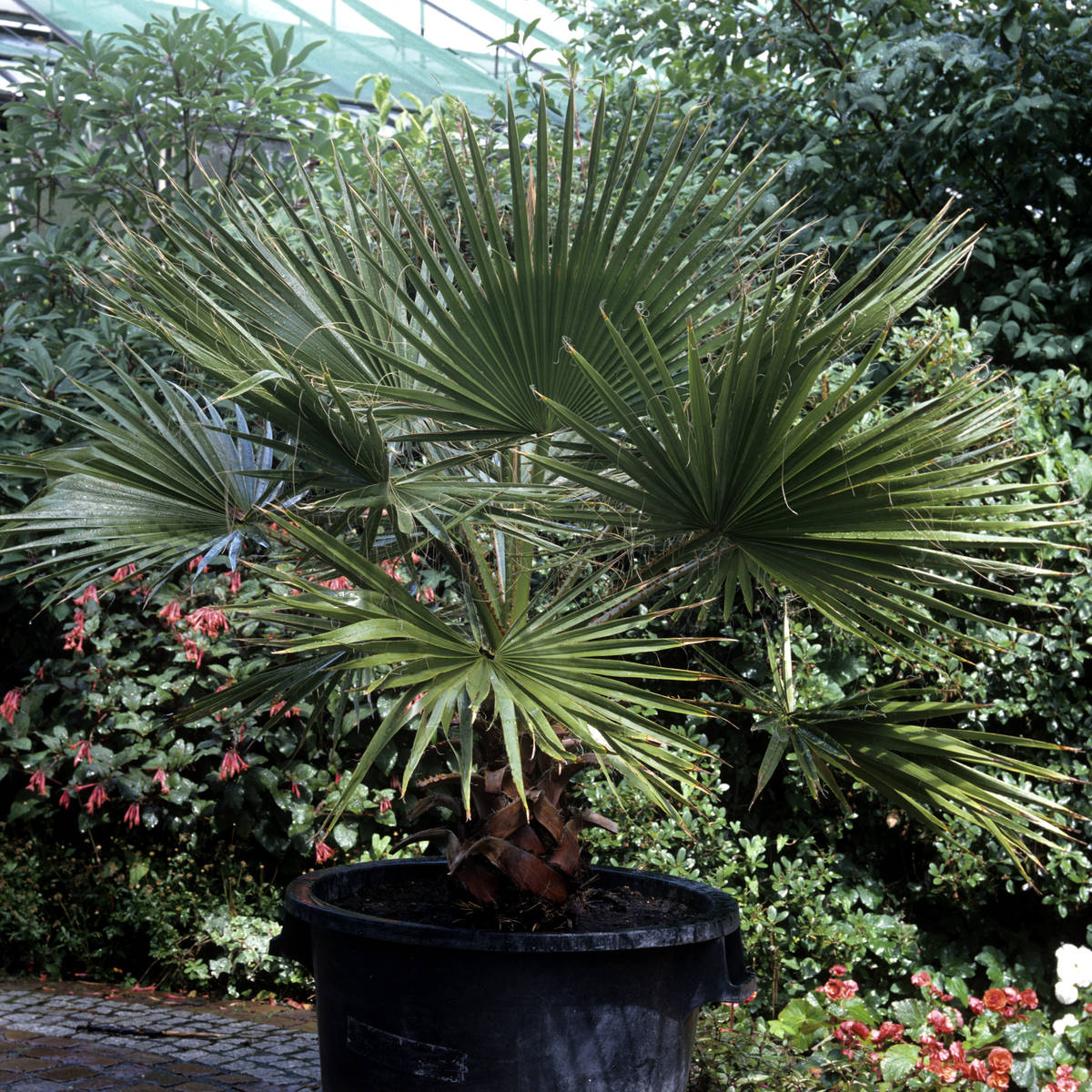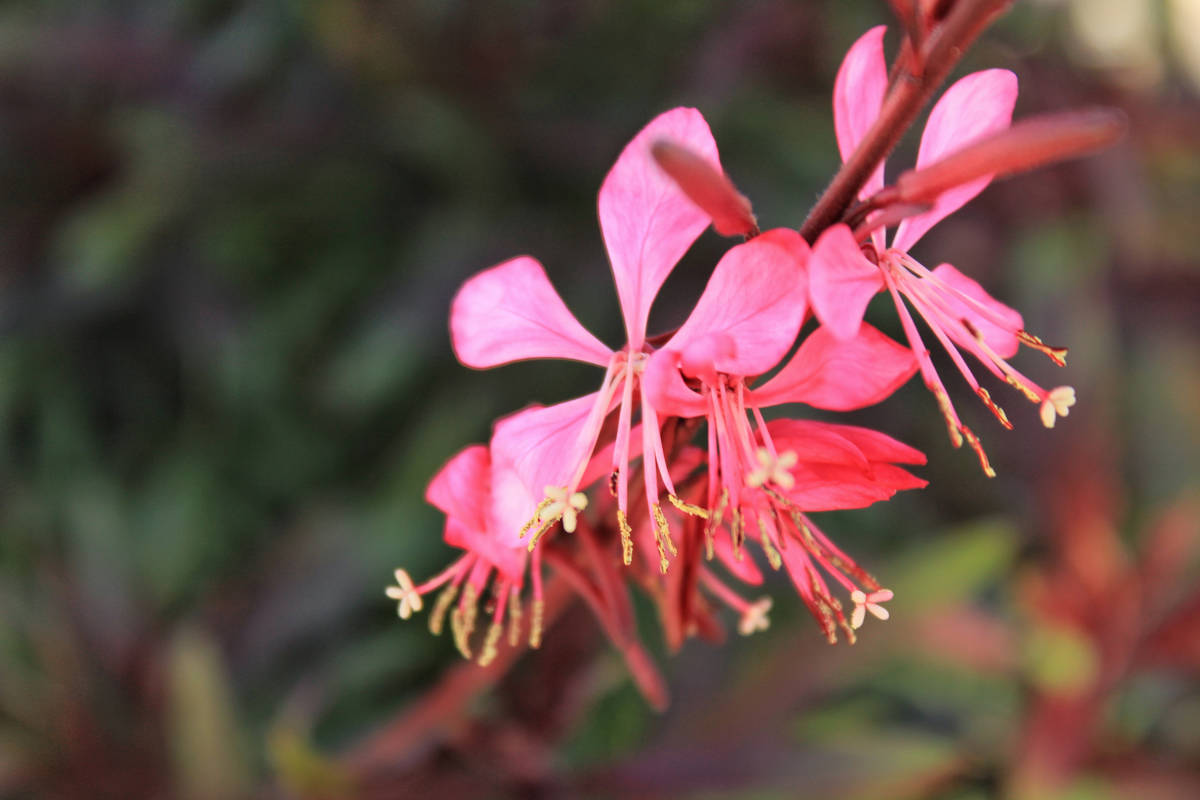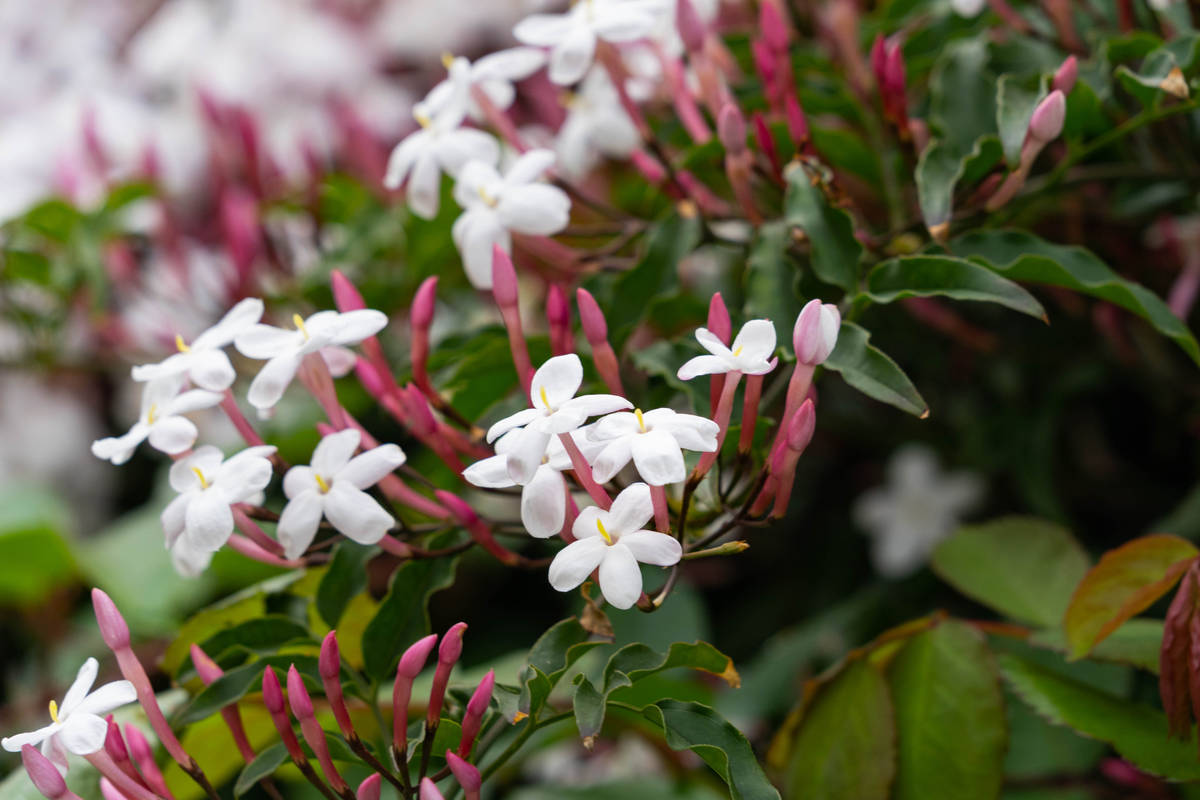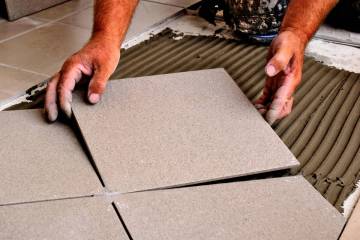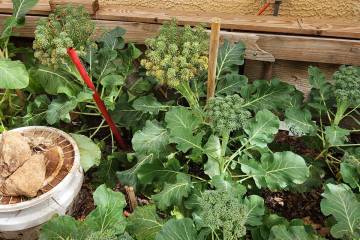Planting season in Las Vegas starts with arrival of spring
Enough with the quarantine. Days are warmer and daylight saving time has returned. It’s time to get outside, get some sun and take care of your lawn, shrubs and trees, maybe even plant some flowers and vegetables.
The final frost in Southern Nevada usually occurs around mid-March. Therefore, one can assume that the best time to plant is when the soil has warmed.
But many seeds won’t germinate when the soil temperature is below a certain degree, so wait a little longer for the soil to warm up before planting that fruit and vegetable garden. It might not be until mid-April depending on what is being planted.
“We’ve had a very dry winter with little rain this year,” said Paul Noe, certified horticulture adviser at Star Nursery. “It was also a record hot summer where we had over 60 days in a row where temperatures were over 110 degrees. Put all that together and there are a lot of stressed lawns and plants out there.
“This leads to yard problems and plant damage. Most deciduous trees and shrubs lost their foliage at the beginning of the year and went dormant. That was the best time to prune. If you do need to prune, make it minor. We’re already seeing some spring growth.”
Noe is advising homeowners to deeply water small plants once a week and water trees deeply once a month.
“You can now water three days a week and the water needs to get deep into the ground because we haven’t had any rain,” he said. “But before you do this, make sure there are no water leaks along the system and everything is working properly. Anyone can do this, but you may want a professional landscaper to visit and make suggestions.”
Noe visits homes and assesses problem areas. He advises how yard and planting problems can be corrected. This might include making sure yards get thatched and aerated before adding the proper lawn fertilizer or finding the best product to rid the yard of insects or grubs.
Spring is a good time to plant, and homeowners should look to the Mediterranean to decide what to plant. The dry and arid climate there is similar to Southern Nevada’s and its rich palette of trees, shrubs and ground cover is drought-tolerant and able to survive harsh environments.
Consider 1-gallon ground cover plants such as trailing rosemary, society garlic, lantana, lily of the Nile, woolly thyme and fortnight lily. Water-conserving, xeriscape-type shrubs include Paraguay nightshade, Mexican grass tree, festival grass, red sage, Cape mallow, pink gaura, heavenly bamboo, Brazilian sky flower, Texas privet, and angelita daisy. For larger trees and plants, consider Mexican fan palm, African sumac, Italian cypress, dwarf lemon and lime trees, star jasmine and windmill palm.
Noe is partial to Chinese pistache, red pistache and evergreen pistache trees. They are large and desert tolerant with nice color and can be used in the landscape as a hedge, windbreak, screen or patio tree, or around pools and water features.
“To be successful, make every attempt to plant in the proper place,” he said. “Let them get sun in the morning and then shade or some protection in the hot afternoon. Mulch well and remember that location is extremely important.
“The issue with any gardening in Southern Nevada is the soil, which is deficient in organic matter. The answer is proper soil preparation, which means using organic matter and starter fertilizer. Another issue is making sure water drains properly from the root zone to prevent fungus and other diseases. Be aware of the daily temperature and how much water your plants need.”
Over the years, the look of the city’s landscape has changed to desert landscaping with the elimination of front yard grass and pollen-producing trees such as olive and mulberry. Homebuilders are using rock or artificial synthetic turf instead of grass, and the Southern Nevada Water Authority is still paying homeowners to convert lawns to water-smart landscaping.
SNWA will rebate $3 per square foot of grass removed and replaced with desert landscaping up to the first 10,000 square feet converted per property, per year. Beyond the first 10,000 feet, SNWA will provide a rebate of $1.50 per square foot. The maximum award for any property in a fiscal year is $500,000.
The Water Smart Landscape rebate program has helped the community upgrade more than 197 million square feet of lawn to water-efficient landscaping, saving the community billions of gallons of water. Single-family homeowners can apply online at www.snwa.com or call 702-258-7283.



